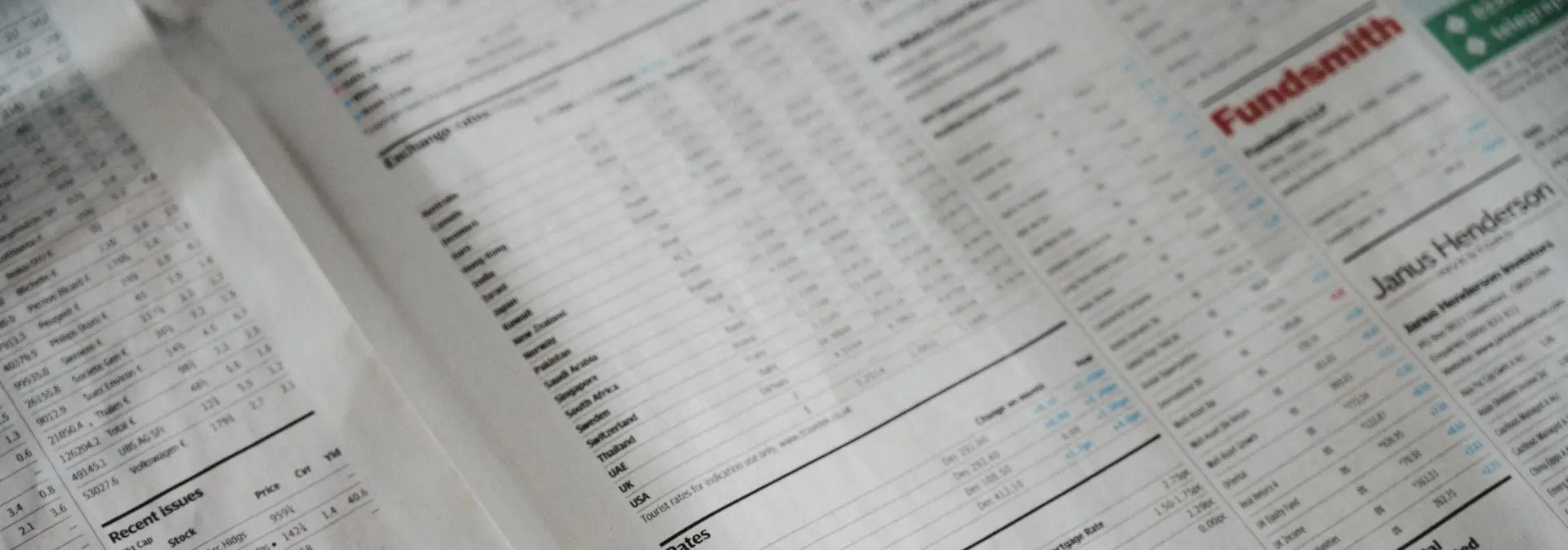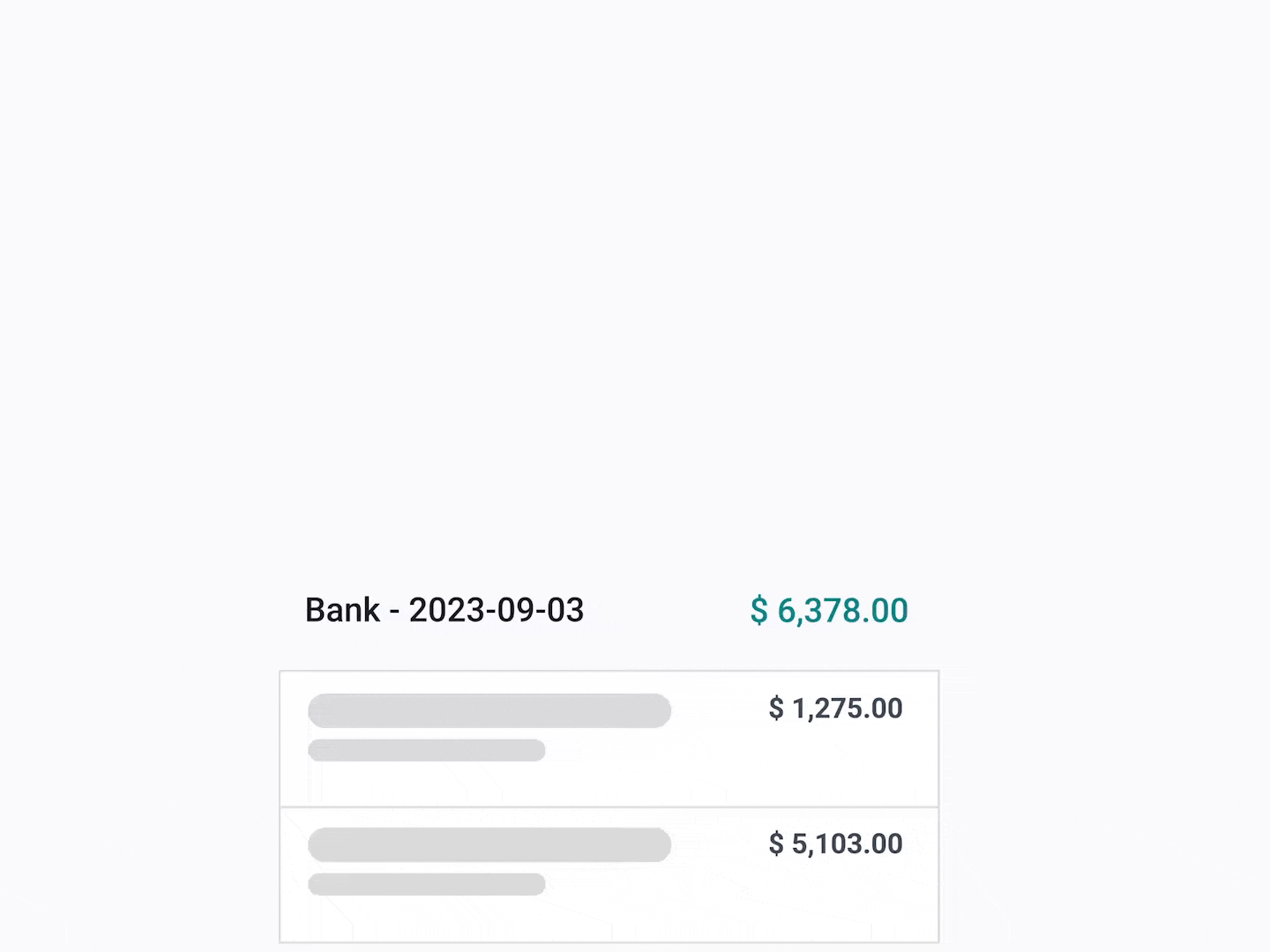Managing finances is the lifeblood of any business. It’s not just about tracking cash-in and cash-out. Business leaders also need to manage capital, liabilities, and profit-and-loss effectively.
That’s why understanding accounting is crucial to keeping your finances organized.
Accounting Terms and Their Definitions

Even with software support, it’s important to grasp the key terms behind financial reports. So, what are the most common accounting terms you’ll encounter? Let’s explore.
📊 Terms Related to Financial Statements
- Balance Sheet
Shows assets, liabilities, and equity at a specific point in time. - Cash Flow Statement
Records the inflows and outflows of cash. - Consolidated Financial Statements
Combines financial results from multiple entities within a group. - Fiscal Year
A 12-month reporting period, not always aligned with the calendar year. - Profit & Loss Statement
Summarizes revenues and expenses over a given period. - Trial Balance
Ensures total debits and credits are balanced before preparing reports. - Year-To-Date
Accumulated figures from the start of the year up to the reporting date.
💰 Terms Related to Assets & Liabilities
- Assets
Economic resources owned by a company (e.g., cash, inventory, buildings). - Current Assets
Assets convertible to cash within one year. - Current Liabilities
Obligations due within one year. - Equity
Residual interest of owners after liabilities are deducted. - Fixed Assets
Tangible, long-term assets used in operations (machinery, buildings). - Liabilities
Debts owed to third parties. - Working Capital
Difference between current assets and liabilities, showing short-term liquidity.
📑Terms Related to Transactions & Bookkeeping
- Accounts Payable
Amounts owed to suppliers. - Aged Payable
Report showing outstanding payables by due date. - Accounts Receivable
Amounts due from customers. - Aged Receivable
Report showing outstanding receivables by age. - Bank Reconciliation
Matching company cash records with bank statements. - Chart of Accounts
Structured list of all accounts used in bookkeeping. - General Ledger
Central repository of all journaled transactions. - Journal Entry
Recording transactions in the accounting journal. - Journal Audit
Review to ensure journal entries comply with standards. - Reconciliation
Matching two sets of records (e.g., bank vs. ledger).
📉 Terms Related to Costs, Expenses & Revenue
- Amortization
Allocation of intangible asset costs over their useful life. - Cost of Goods Sold (COGS)
Direct costs of producing goods or services. - Deferred Expenses
Prepaid costs recognized in future periods. - Deferred Revenue
Revenue received but not yet recognized. - Depreciation
Allocation of tangible asset costs over time. - Dividends
Profits distributed to shareholders. - Expenses
Costs incurred to generate revenue. - Prepaid Expense
Same as deferred expense — prepaid future costs. - Revenue
Income earned from business operations. - Write-Off
Removal of uncollectible receivables or worthless assets.
📈 Terms Related to Profitability & Financial Ratios
- Gross Profit
Revenue minus COGS. - Net Profit
Profit after all expenses and taxes. - Operating Income
Profit from core business activities. - Operating Cash Flow
Cash generated from business operations. - Earnings Before Interest and Tax (EBIT)
Operating profit before interest and taxes. - Earnings Per Share (EPS)
Net income per outstanding share. - Capital Gain
Profit from selling assets above purchase price. - Return on Assets (ROA)
Measures efficiency of assets in generating profit. - Return on Equity (ROE)
Net profit compared to shareholder equity. - Liquidity Ratio
Assesses short-term ability to cover obligations. - Margin of Safety
Difference between actual sales and break-even sales. - Inventory Turnover
Measures how quickly stock is sold and replaced. - Impairment
Asset’s carrying value exceeds its recoverable amount.
📊 Terms Related to Financial Planning & Strategy
- Accounting Policies
Principles and methods applied in preparing financial reports. - Cash Basis
Recognizes income/expenses only when cash changes hands. - Break-Even Point
Point where revenue equals costs (no profit, no loss). - Capital Expenditure (CapEx)
Spending on acquiring or improving long-term assets.
Automate Your Accounting with ERP

With so many terms and processes to master, accounting can feel complex if managed manually. But with an ERP like Odoo, everything from profit & loss, cash flow, to bank reconciliation is seamlessly connected in one platform.
The result? Faster, more accurate, and easier decision-making for your business.
Automate your accounting with ERP, simplify your business with Odoo!
